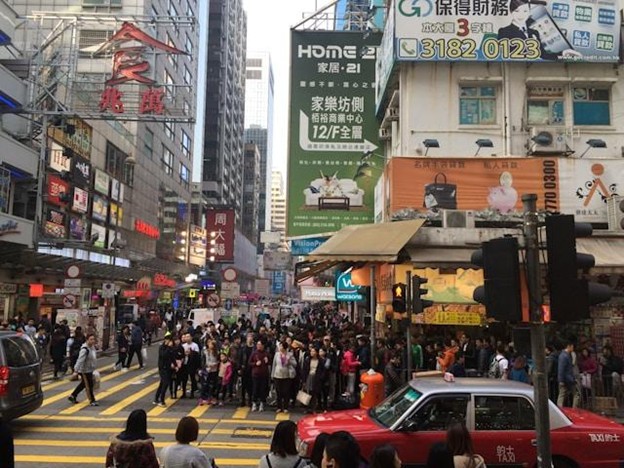Asian stock markets stumbled to kick off the week, and the contrast across the region could not be sharper.
In Tokyo, high-flying tech names finally buckled under the weight of profit-taking, while in China, optimism over AI ventures kept the rally alive. The result is a tale of two markets; one wobbling, the other charging forward against the backdrop of global uncertainty over interest rates, U.S. politics, and trade.
Japan’s Nikkei 225 dropped 1.6%, dragged down by a brutal 9% plunge in chip-testing giant Advantest, which until now had been one of the market’s darlings after soaring nearly 50% in just three months.
South Korea also felt the chill, with the Kospi sliding 0.7%. Indonesia’s markets were hit harder, shedding 1.5% after protests rattled the government and forced its central bank to step in and defend the rupiah.
Meanwhile, China was moving in the opposite direction. The CSI 300 advanced 0.4%, extending a blistering August run that saw Chinese equities jump 10%.
Investors have been pouring money into home-grown AI champions like Alibaba, which saw its Hong Kong shares rocket nearly 19% in a single session, the biggest surge since 2022, on hopes for its cloud computing arm. Reports that AI firm DeepSeek is turning to Huawei chips only added fuel to the fire, bolstering the case that China could carve out its own tech ecosystem independent of U.S. suppliers.
This divergence underscores the shifting dynamics in Asian markets.
While Japanese and South Korean firms have been beneficiaries of global tech enthusiasm, they are now vulnerable to sharp corrections after months of relentless gains. China, on the other hand, is finding support in state-backed liquidity and a narrative of technological self-sufficiency, particularly in artificial intelligence.
Layered onto this is the global backdrop. The U.S. is entering a pivotal week of data releases, with manufacturing surveys, labor reports, and the all-important August payrolls number set to test the market’s conviction that the Federal Reserve will cut rates at its September 17 meeting.
Futures currently price in a near 90% chance of a cut, but that optimism rests on the assumption that job growth will remain weak. A strong surprise could upend expectations, but history shows that August payrolls often undershoot forecasts.
At the same time, political risks from Washington are spilling over into global markets. A court ruling has cast doubt on President Trump’s sweeping tariffs, raising the prospect of refunds worth nearly $100 billion in customs duties if the Supreme Court upholds the decision.
That uncertainty, combined with Trump’s ongoing assault on the Federal Reserve’s independence, has weighed on the dollar. The greenback slipped to $97.79 in August, its steepest monthly drop in over a year, giving gold room to climb to $3,481 an ounce, its highest level in four months.
Oil, by contrast, looks shaky. Brent crude eased to $67.21 a barrel, with U.S. crude at $63.78, as traders braced for a fresh supply boost from OPEC+. Energy softness could help central banks on the inflation front, but it also hints at fragile demand.
All told, Asia’s market mood is one of cautious divergence. Investors are taking profits in Japan’s overheated tech names, while piling into China’s AI-driven rally.
Global rate-cut bets and political drama in the U.S. are keeping currencies and commodities on edge. The bigger question is whether China’s bullish momentum can last in the face of weak global growth or whether the cracks now showing in Japan’s tech sector will spread across the region.
Right now, Asia is telling two stories at once: one of frothy optimism in Beijing, and one of nervous profit-taking in Tokyo.
Which of these narratives dominates in September could set the tone for markets worldwide.



